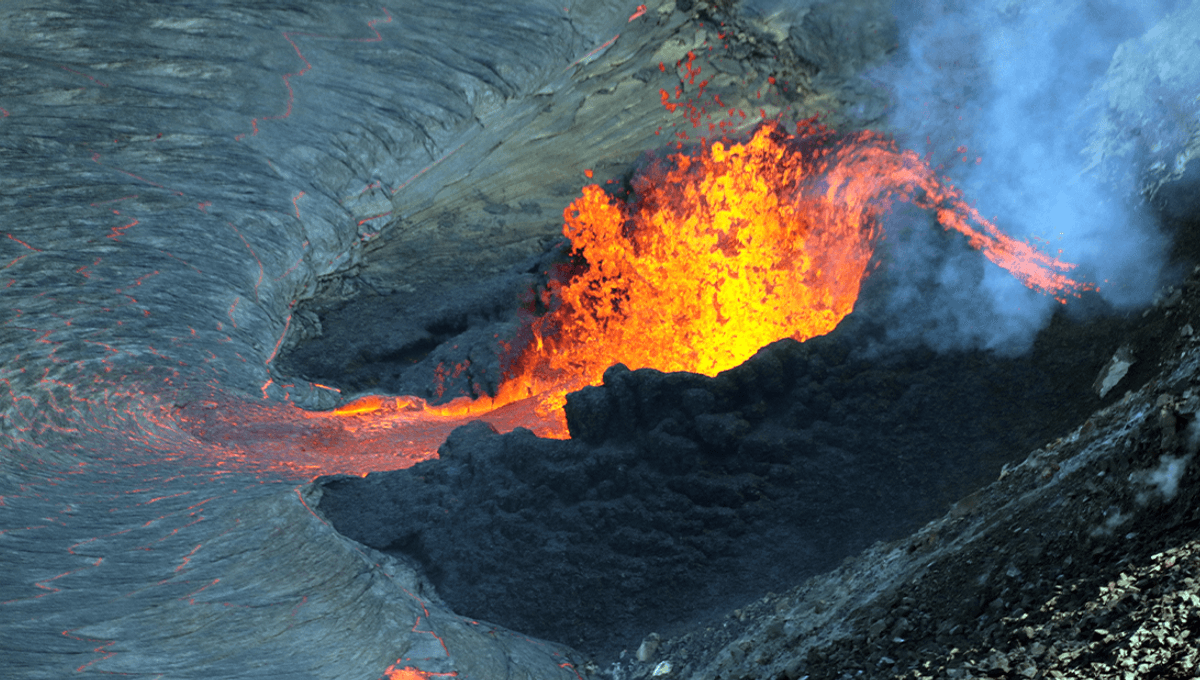
We’ve all seen images of volcanoes spewing out rocks and smoke into the sky – but is the glowing red rock running down the side of the mountain magma or lava, and how can you tell which one you are looking at? Here, we break down the science behind these molten rocks.
According to the United States Geological Survey website, magma and lava are both types of molten rock, but magma remains trapped underground while lava is molten rock that breaks through the Earth’s surface and keeps flowing. Magma is typically found under volcanoes, while lava is only found once it crosses through onto the Earth’s surface. A lot of lava is also present at the bottom of the ocean in areas called mid-ocean ridges.
The Earth has a layered structure consisting of the inner core, outer core, mantle, and crust. Magma is found between the lower part of the crust layer and the upper mantle, where the high pressure and temperature keep the magma molten and flowing in a fluid state. Molten rock can escape through cracks in the crust layer or through volcanoes; as soon as the magma erupts onto the surface of the Earth it becomes known as lava.
Magma contains small amounts of dissolved gasses including sulfur, carbon dioxide, and water vapor, as well as a mixture of different minerals. The percentage of silica, the same mineral found in sand and glass, can give different properties to the magma.
There are quite a few different types of magma under the Earth’s surface, which have different properties depending on where they are found.
Mafic magma is the hottest variety, reaching temperatures of around 1,000-1,200 °C (1,832- 2,192 °F). They also contain around 47-63 percent silica and are fairly runny. They can form when the heavy ocean floor melts, and are typically found in places like Hawai’i. This type tends to be less gas-rich than the next type, silicic magma.
Silicic magmas contain over 63 percent silica, which makes them especially viscous, and they can form when the continental crust melts. This type is especially rich in gasses and can erupt with quite an explosion. Lavas containing over 69 percent silica are called rhyolites.
Understanding the types and viscosity of lava and magma is important as it can help scientists predict how lava flows might spread and prevent damage to property – like this unfortunate Mustang.
If you’re ever Curious about what lava might taste like, we’ve got the answers but we definitely don’t recommend you try it, or plugging a volcano with concrete either.
All “explainer” articles are confirmed by fact checkers to be correct at time of publishing. Text, images, and links may be edited, removed, or added to at a later date to keep information current.
Source Link: Lava Vs Magma: What’s The Difference?